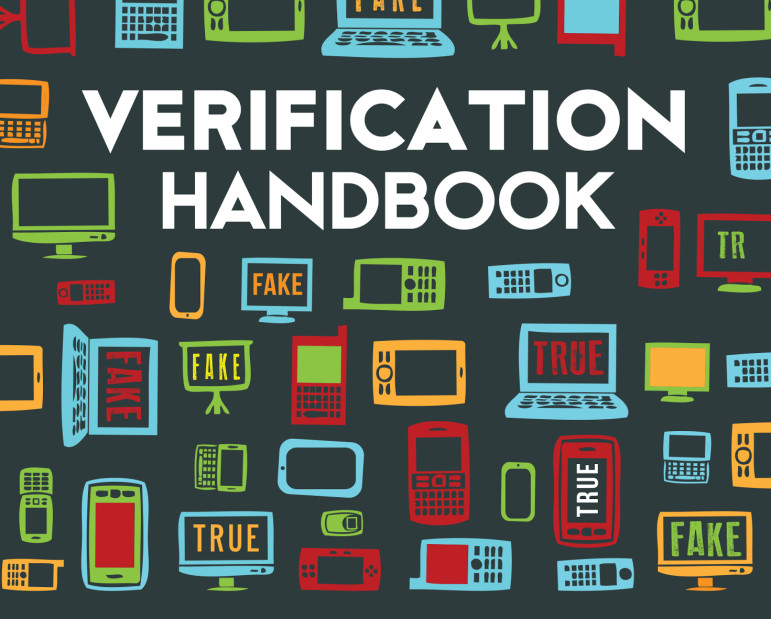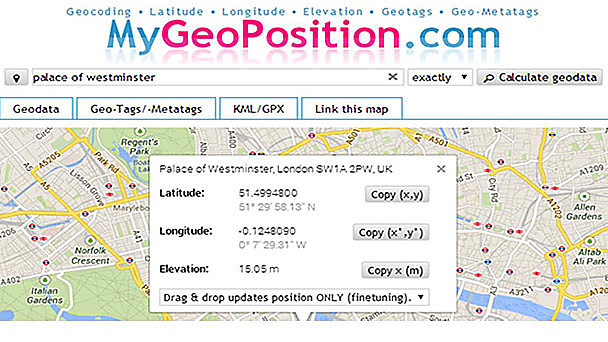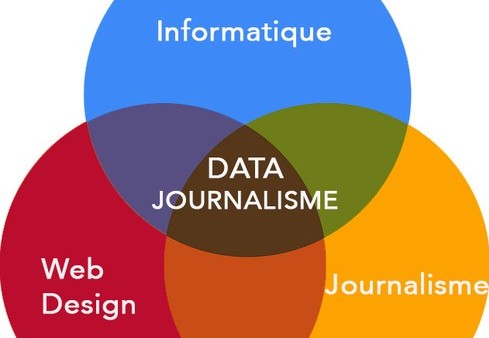
Data Journalism
Top Ten #ddj: The Week’s Most Popular Data Journalism Links
What’s the data driven journalism (#ddj) crowd tweeting about? Here are the week’s Top Data Journalism Links on Twitter (for March 13-March 19), including items from The Guardian, Databootcamp, the University of Zurich, and New York Public Radio, among others.









